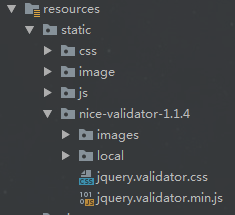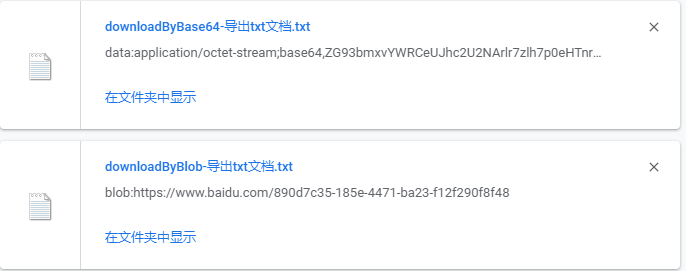如果我使用Node.js执行以下代码
var Promise = require('bluebird');
Promise.join(
function A() { console.log("A"); },function B() { console.log("B"); }
).done(
function done() { console.log("done");}
);
控制台将记录
B done
不过我会期待
A B done
要么
B A done
解决方法
Promise.join承诺作为所有的论据,但是最后一个,这是一个功能.
Promise.join(Promise.delay(100),request("http://...com"),function(_,res){
// 100 ms have passed and the request has returned.
});
你给它两个功能,所以它执行以下操作:
>对函数A(){…}做出承诺 – 基本上是对它做出承诺
>当完成(立即)执行最后一个参数时,函数B(){…}记录它.
查看文档:
Promise.join(Promise|Thenable|value promises...,Function handler) -> PromiseFor coordinating multiple concurrent discrete promises. While .all() is good for handling a dynamically sized list of uniform promises,Promise.join is much easier (and more performant) to use when you have a fixed amount of discrete promises that you want to coordinate concurrently,for example:
var Promise = require("bluebird");
var join = Promise.join;
join(getPictures(),getComments(),getTweets(),
function(pictures,comments,tweets) {
console.log("in total: " + pictures.length + comments.length + tweets.length);
});
更新:
JSRishe想出了另一个聪明的方式来解决这种模式in this answer,它看起来像:
Promise.delay(100).return(request("http://...com").then(function(res){
// 100 ms have passed and the request has returned
});






